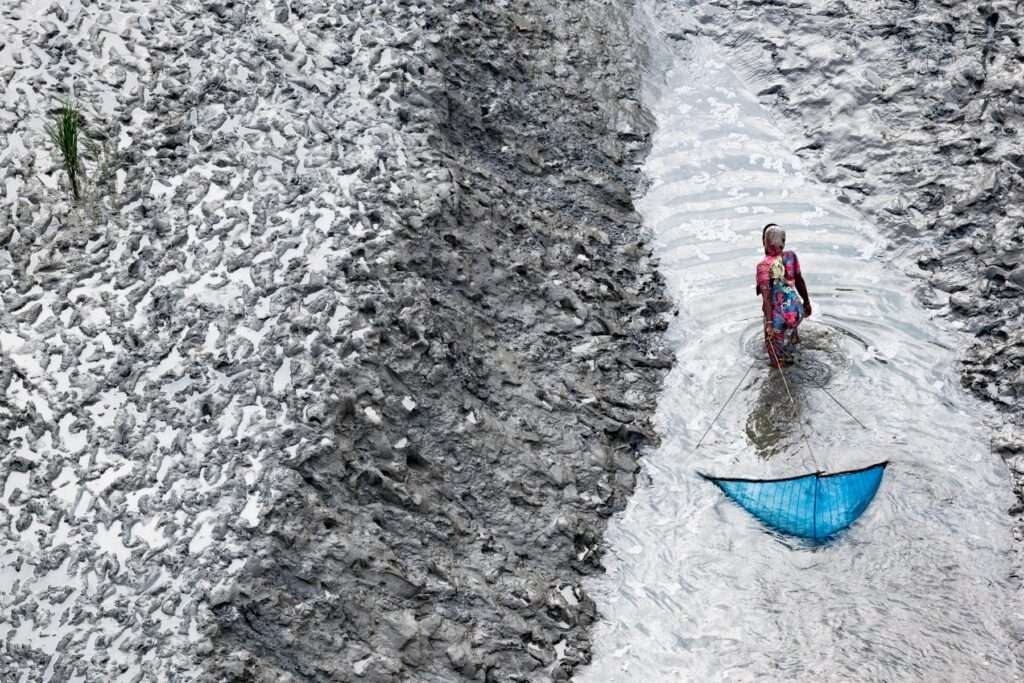Passionate about film from an early age, Edward Burtynsky makes photographs that illustrate places often unknown to us, exploring the impact of humanity and civilization on the landscape with a new, but no longer natural, beauty. “I try to make strong images that can stop people and ask them to look. I’ve searched the world for places that speak to our collective unconscious to create images that make us think about what we’ve invented,” says the photographer.
And to capture all this, like the other famous French photographer Yann Arthus-Bertrand, Edward Burtynsky uses a view camera and always places himself at height, with the help of elevators, cranes, drones and helicopters.
The Canadian photographer’s reputation is well established. His images have won him numerous awards and are included in dozens of public and private collections in the world’s greatest museums (Guggenheim, MoMA in New York, Victoria and Albert Museum in London, Queen Sofia Museum in Madrid).
With more than fifteen books to his credit, including the best-selling China, Water and Essential Elements, his latest, African Studies, takes us on a journey of discovery across a large part of Africa, through one hundred and fifty breathtaking photographs taken over a period of seven years, providing shocking, highly graphic and contrasting images of the industrialization, extraction, urbanization and deforestation of the continent. The patterns and scars of the landscapes altered by man seem at first to form an abstract pictorial language referring to the sublime and often surreal qualities of human creation, before finally revealing the disturbing reality of the depletion of the Earth’s natural resources on an industrial scale.
“This project, focused on sub-Saharan Africa, took me to Kenya, Nigeria, Ethiopia, Ghana, Senegal, South Africa, Botswana, Namibia, Madagascar and Tanzania. But the complex and diverse nature of this vast continent cannot be precisely defined in a single picture book“, explains the photographer. Reconciling aesthetics and ethics with sadness, Edward Burtynsky has been observing for decades the limits of nature pushed by man to the point of no return.
Text by Christine Cibert.



